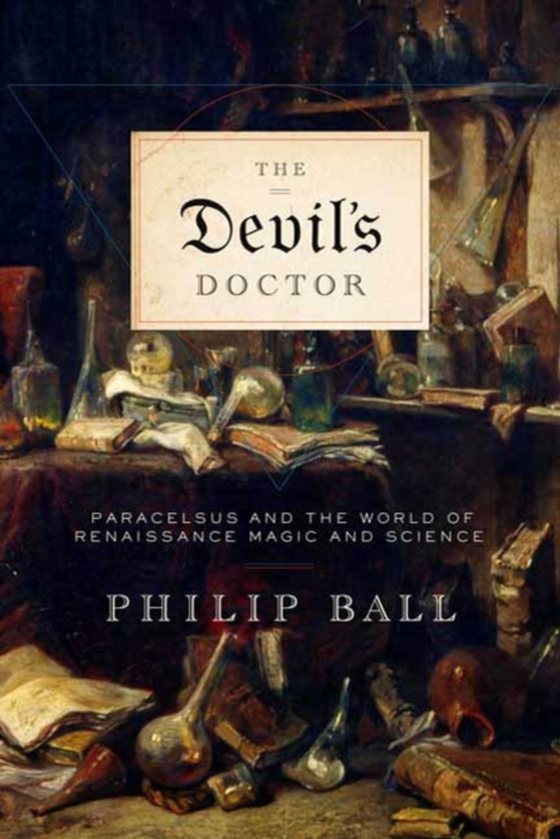
Devil's Doctor e-bog
81,03 DKK
(inkl. moms 101,29 DKK)
Philippus Aureolus Theophrastus Bombast von Hohenheim, who called himself Paracelsus, stands at the cusp of medieval and modern times. A contemporary of Luther, an enemy of the medical establishment, a scourge of the universities, an alchemist, an army surgeon, and a radical theologian, he attracted myths even before he died. His fantastic journeys across Europe and beyond were said to be made ...
E-bog
81,03 DKK
Forlag
Farrar, Straus and Giroux
Udgivet
18 april 2006
Længde
448 sider
Genrer
BGHA
Sprog
English
Format
epub
Beskyttelse
LCP
ISBN
9781429921824
Philippus Aureolus Theophrastus Bombast von Hohenheim, who called himself Paracelsus, stands at the cusp of medieval and modern times. A contemporary of Luther, an enemy of the medical establishment, a scourge of the universities, an alchemist, an army surgeon, and a radical theologian, he attracted myths even before he died. His fantastic journeys across Europe and beyond were said to be made on a magical white horse, and he was rumored to carry the elixir of life in the pommel of his great broadsword. His name was linked with Faust, who bargained with the devil.Who was the man behind these stories? Some have accused him of being a charlatan, a windbag who filled his books with wild speculations and invented words. Others claim him as the father of modern medicine. Philip Ball exposes a more complex truth in The Devil's Doctor-one that emerges only by entering into Paracelsus's time. He explores the intellectual, political, and religious undercurrents of the sixteenth century and looks at how doctors really practiced, at how people traveled, and at how wars were fought. For Paracelsus was a product of an age of change and strife, of renaissance and reformation. And yet by uniting the diverse disciplines of medicine, biology, and alchemy, he assisted, almost in spite of himself, in the birth of science and the emergence of the age of rationalism. "e;Ball produces a vibrant, original portrait of a man of contradictions:"e; - Publishers Weekly
 Dansk
Dansk

